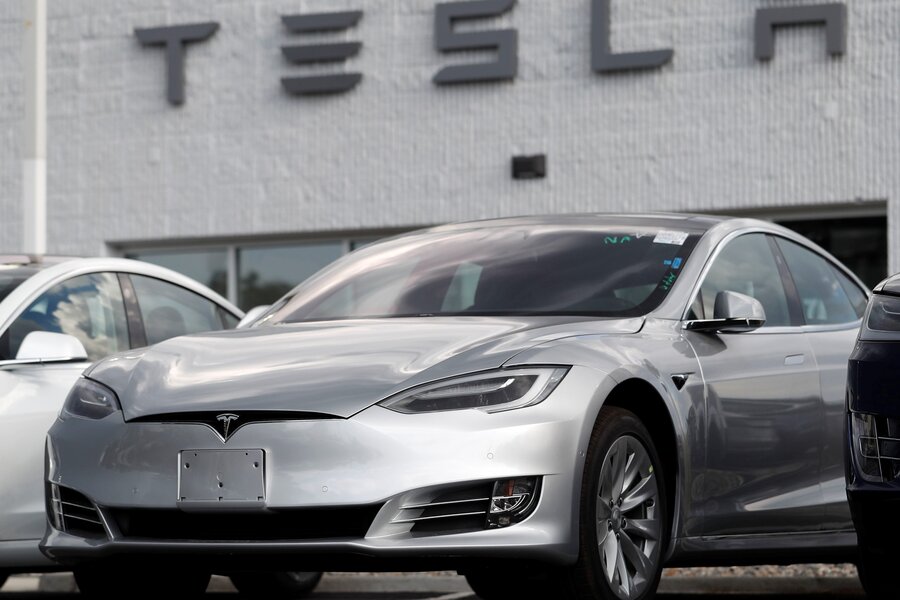What does Tesla Autopilot miss? NHTSA opens investigation.
Loading...
| Detroit
The U.S. government has opened a formal investigation into Tesla’s Autopilot partially automated driving system, saying it has trouble spotting parked emergency vehicles.
The investigation covers 765,000 vehicles, almost everything that Tesla has sold in the United States since the start of the 2014 model year.
The National Highway Traffic Safety Administration (NHTSA) announced the action Monday in a posting on its website.
The agency says it has identified 11 crashes since 2018 in which Teslas on Autopilot or Traffic Aware Cruise Control have hit vehicles at scenes where first responders have used flashing lights, flares, an illuminated arrow board, or cones warning of hazards.
The investigation covers Tesla’s entire current model lineup, the Models Y, X, S, and 3 from the 2014 through 2021 model years.
Autopilot has frequently been misused by Tesla drivers, who have been caught driving drunk or even riding in the back seat while a car rolled down a California highway.
The agency has sent investigative teams to 31 crashes involving partially automated driver assist systems since June of 2016. Such systems can keep a vehicle centered in its lane and a safe distance from vehicles in front of it. Of those crashes, 25 involved Tesla Autopilot in which 10 deaths were reported, according to data released by the agency.
Tesla and other manufacturers warn that drivers using the systems must be ready to intervene at all times. Teslas using the system have crashed into semis crossing in front of them, stopped emergency vehicles, and a roadway barrier.
A message was left early Monday seeking comment from Tesla, which has disbanded its media relations office.
The crashes into emergency vehicles cited by NHTSA began on Jan. 22, 2018 in Culver City, California, near Los Angeles when a Tesla using Autopilot struck a parked firetruck that was parked partially in the travel lanes with its lights flashing. Crews were handling another crash at the time.
Since then, the agency said there were crashes in Laguna Beach, California; Norwalk, Connecticut; Cloverdale, Indiana; West Bridgewater, Massachusetts; Cochise County, Arizona; Charlotte, North Carolina; Montgomery County, Texas; Lansing, Michigan; and Miami, Florida.
“The investigation will assess the technologies and methods used to monitor, assist, and enforce the driver’s engagement with the dynamic driving task during Autopilot operation,” NHTSA said in its investigation documents.
In addition, the probe will cover object and event detection by the system, as well as where it is allowed to operate. NHTSA says it will examine “contributing circumstances” to the crashes, as well as similar crashes.
An investigation could lead to a recall or other enforcement action by NHTSA.
The National Transportation Safety Board, which also has investigated some of the Tesla crashes, has recommended that NHTSA and Tesla limit Autopilot’s use to areas where it can safely operate. The NTSB also recommended that NHTSA require Tesla to have a better system to make sure drivers are paying attention. NHTSA has not taken action on any of the recommendations.
In June NHTSA ordered all automakers to report any crashes involving fully autonomous vehicles or partially automated driver assist systems.
The measures show the agency has started to take a tougher stance on automated vehicle safety than in the past. It has been reluctant to issue any regulations of the new technology for fear of hampering adoption of the potentially life-saving systems.
Shares of Tesla Inc., based in Palo Alto, California, fell 2% before the opening bell.
This story was reported by The Associated Press.





